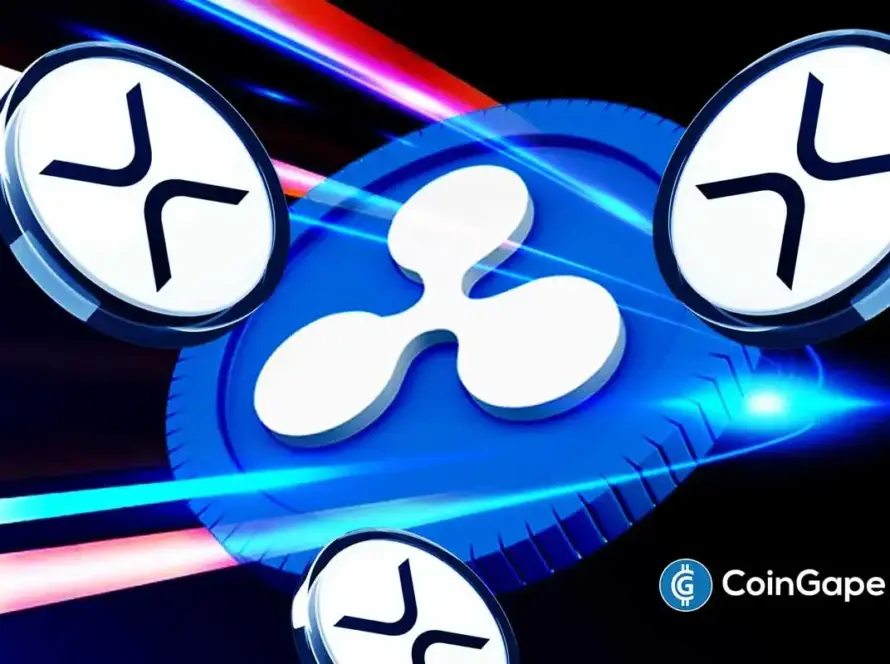Stablecoins:- India’s digital payments leadership is reshaping global finance. Yet, one layer remains stuck in inefficiency: cross-border transactions. Remittances and trade payments still rely on slow, expensive legacy rails. But that could soon change—with stablecoins poised to be the next breakthrough.
Stablecoins, digital tokens backed 1:1 by fiat currency and issued on public blockchains, are emerging as low-cost, high-speed alternatives to traditional banking infrastructure. They offer a compelling value proposition for India, where remittances top $125 billion annually and international trade exceeds $1.6 trillion.
Estimates suggest that Indian citizens and businesses could save over ₹5.7 lakh crore ($600 billion) every year by shifting to stablecoin-based settlement systems. The benefits are clear: reduced transaction fees, real-time settlements, fewer intermediaries, and enhanced transparency.
It becomes particularly appealing as remittances to India reached a record high of$135.46 billion in FY2024-25 – an increase of 14%.
How Stablecoins Cut Costs:
1. Remittance Optimization: Traditional channels charge 3.8% on average. For $125B in remittances, that’s nearly ₹3.95 lakh crore in fees. Stablecoins can reduce this to under ₹82,000 crore.
2. Trade Corridor Efficiency: With stablecoins streamlining FX conversions and compliance, over ₹2.5 lakh crore in savings can be unlocked across India’s $1.6T trade flows.
3. Operational Streamlining: Automated smart contracts eliminate many legacy overheads, like SWIFT messaging and reconciliation—reducing backend costs by up to 27%.
4. Liquidity & Speed: Unlike traditional banking, stablecoin networks run 24/7. Settlement finality improves from several days to under a minute.
5. Price Efficiency: Modern stablecoin FX rails show less than 5bps deviation from interbank rates, ensuring minimal slippage.
6. Onboarding Potential: Integration with UPI and ONDC could enable consumers and MSMEs to transact in stablecoins seamlessly, bridging on-chain and off-chain economies.
Also Read: Polygon Labs CEO on Stablecoins
A Strategic Opportunity for a INR-denominated Stablecoin
Global stablecoin settlement volumes exceeded $7 trillion in 2023, with usage rapidly expanding across Asia, the Middle East, and Latin America. As countries explore new digital currency corridors, India can position itself not just as a participant—but a leader. With Polygon as one of the most focused chain towards building the financial infrastructure and stablecoin movements, it could be the perfect choice for deployment.
By supporting a compliant INR-denominated stablecoin, India could:
– Boost offshore INR demand,
– Enable low-cost, instant international commerce,
– Expand its monetary influence in emerging markets, and
– Strengthen treasury reserves via foreign-held INR digital assets
Stablecoins aren’t just a new payment method, they represent a shift in how money moves across borders. With the right regulatory support and private-sector innovation, India has a chance to save billions and shape the future of global finance.
Disclaimer: This article is an opinion piece. The content may include the personal opinion of the author and is subject to market conditions. Do your market research before investing in cryptocurrencies. The author or the publication does not hold any responsibility for your personal financial loss.


